Lions and Lioness
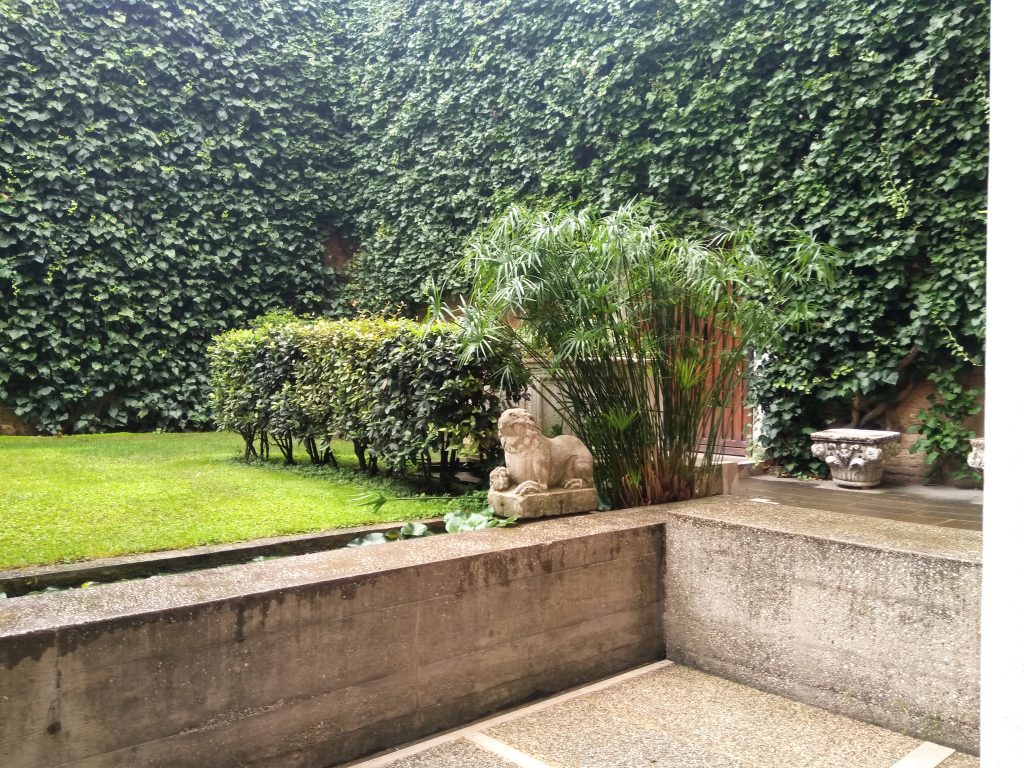
There seem to be a few too many animals and libraries in this title, but all the libraries, all the members of the Querini family, and the necessary animals are there.
When we talk about lions, especially if they are winged, we think of Venice, but when we talk about lionesses, we think of Brescia. “…Brescia the strong, Brescia the iron, Brescia lioness of Italy drunk with enemy blood,” as Giosuè Carducci , the Italian writer, wrote, celebrating its courage during the ten days of the Revolution in 1849.
The libraries founded by members of the Querini family are two: the Querini Stampalia Library founded by Count Giovanni Querini Stampalia in 1869 in Venice, and the Queriniana in Brescia founded by Cardinal Angelo Maria Querini in 1747, and they are both beautiful.
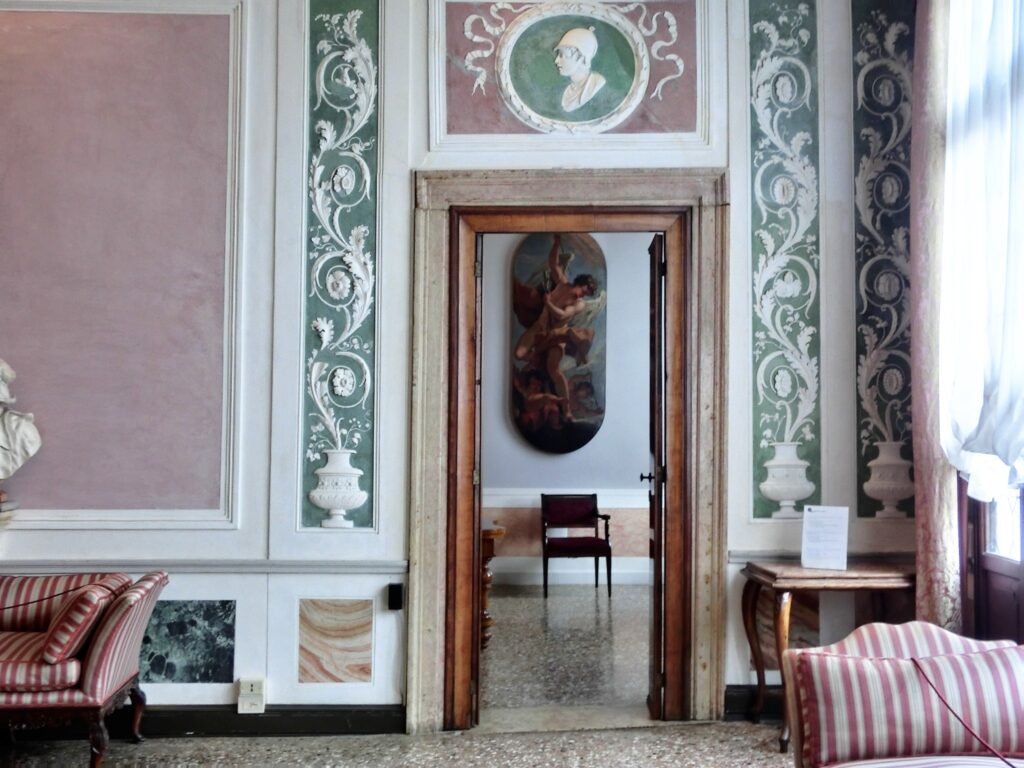
The Querini Stampalia Foundation
In 1869, Count Giovanni Maria Stampalia left as heir to his movable and immovable property, rights, shares, and reasons wherever they existed a scientific foundation under the name of the “Querini” foundation. He wanted the Library, the Gallery, the Medal Collection, and the art objects in his Palace to become public property.
He asked for spaces to be set up for scholars “… On all those days and hours when public libraries are closed, and especially in the evening for the convenience of scholars, who will be placed not in the Library but in a nearby room, beautiful, comfortable, with stoves and carpets for winter. – There will be rooms for evening gatherings of national and foreign scholars and scientists…”. The library is indeed open on days when other Venetian libraries are closed.
The Querini Stampalia Foundation includes museum spaces; it is a house-museum with eighteenth-century furnishings and an amazing art collection, a space for temporary exhibitions, the garden and ground floor organized by Carlo Scarpa in the fifties with interventions by Valeriano Pastor and Mario Botta and the Intesa Sanpaolo collection.
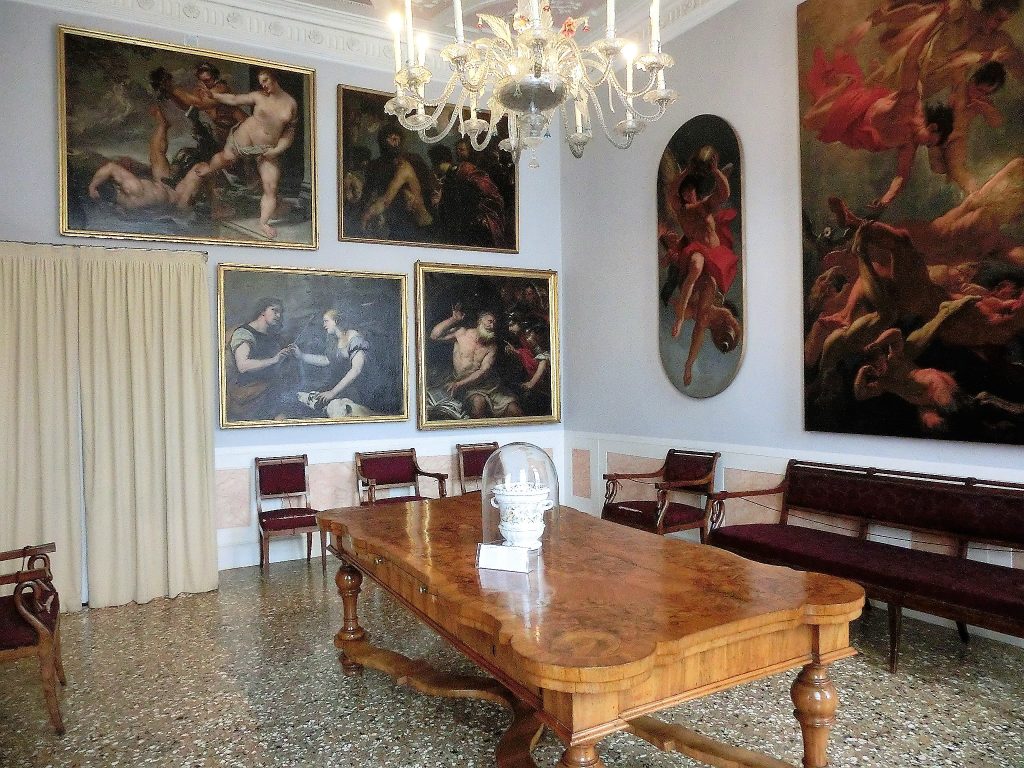
Who was Angelo Maria Querini?
Angelo Maria was born in 1680 in the parish of Santa Maria Formosa in Venice, son of Cecilia Giustiniani and Paolo Querini. He studied with the Jesuits in Brescia, the city of which he would later become bishop and became a Benedictine monk. At that time, Brescia had already been part of the Venetian Republic for several centuries, although it was a province somewhat distant from the political heart of the city.
Angelo Maria Querini was a man of vast culture who traveled far beyond the borders of the Venetian domains to the Low Countries, England, Holland, France, Germany also maintaining relationships with the Protestant world. In 1723 he was Archbishop of Corfu; in 1727 he was appointed Bishop of Brescia and in 1730 became librarian of the Vatican Library.

Conflicts with the Pope. Between Rome and Brescia
One of the reasons that led Angelo Maria to want to found the Queriniana Library was the news that some of the volumes he had donated to the Vatican in 1731 when he was appointed librarian had not been appreciated and some were sold as was customary at that time for duplicate or damaged volumes.
He thus decided to request the return of the volumes (about 2000), justifying his request with his desire to establish a fixed library for bishops who would succeed him. Negotiations with the Holy See continued until they led to the return of the volumes against a substantial payment.
This means that the bishop had to pay for the return of volumes he had previously donated and perhaps it would have cost him less to buy them new.
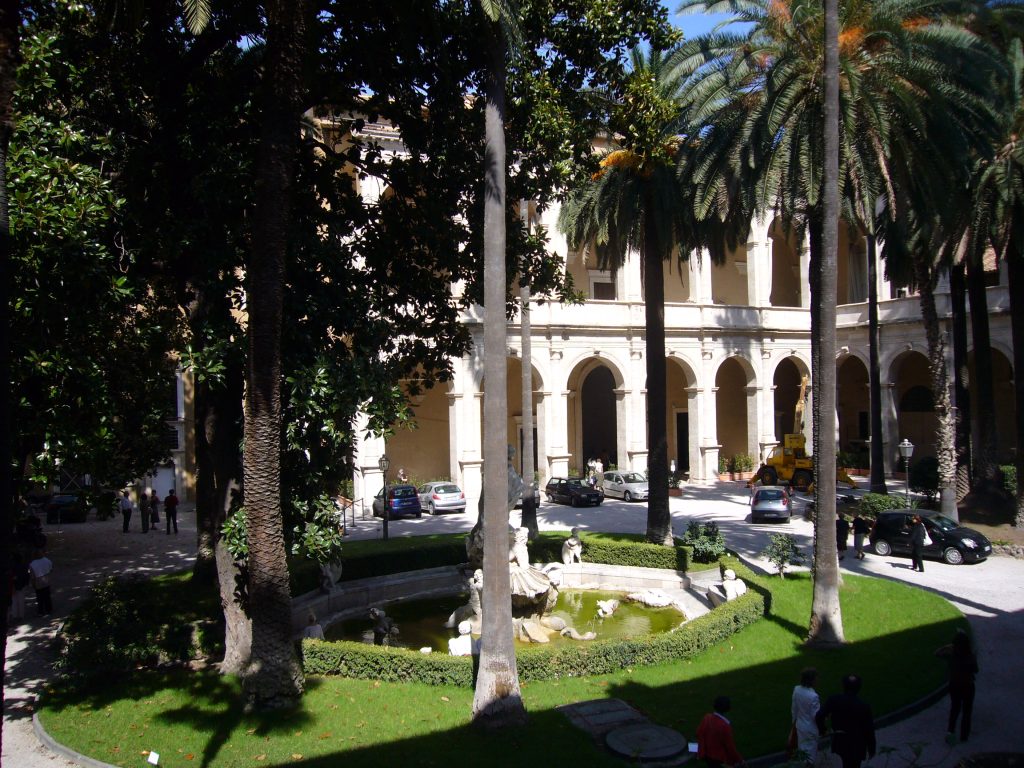
The Bishop evidently did not like that volumes were sold but this was not his only reason for tension with Pope Benedict XIV.
There were other complex reasons for conflict with Pope Benedict XIV who said of him: “We have neither art nor part in him; nor has he ever received or will receive any commission from Us; being a vain man full of himself and ill-disposed towards Us and towards Holy See.”
Today we would say that Pope had expressed himself clearly but one reason for tension between them was that Pope did not appreciate that money spent by bishop on restoration of Catholic cathedral Santa Edvige in Berlin would take funds away from restoration of Roman churches.
Yet Angelo Maria Querini continued his construction work on building in Brescia. The Queriniana Library is a prestigious building that arose around a large architectural program to complete religious center of Brescia. The project revolved around new cathedral and episcopal palace located next to Broletto Palace which was seat of Venetian governor. Reasons of decorum pushed for reorganization of spaces adapting them to current taste and personality of new prelate enhancing his prestige. That which Querini did may seem redundant patronage sometimes exaggerated continuously affixing memories of his work on buildings he restored. In courtyard Venezia Palace (residence of Venetian ambassadors in Rome one his many assignments) he had seven commemorative plaques applied difficult not to remember it. While inside Queriniana Library monochromes by Antonio Callegari narrate life Cardinal Querini from birth religious education to travels.
Visiting libraries in Venice
Discovering Venice through history archives and libraries.
Discovering the city through its libraries or archives is a different experience, if you are interested in knowing which libraries (public or private) we can discover together please contact me.
Venice, October 2024.
FIORELLA PAGOTTO –
I am an art historian and writer, author of essays on art history and biographies of artists. I also deal with the history of architecture and the history of architectural restoration. I have been a guide to the city of Venice and the Venetian villas since 2012, when I passed the Veneto Region exam.
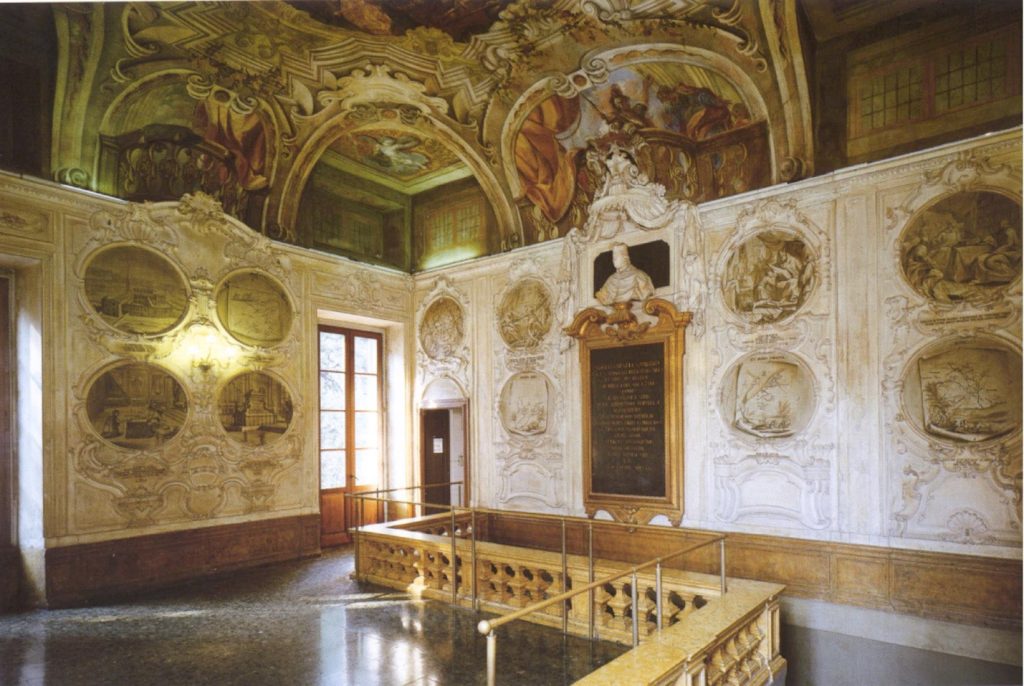
@ Copyright holder 2024 All rights reserved. No part of this publication and pictures can be reproduced, stored in a retrieval system or transmitted in any form or by any means, electronic, mechanicanical or photocopying, recording, or otherwise without the prior permission of the publisher.